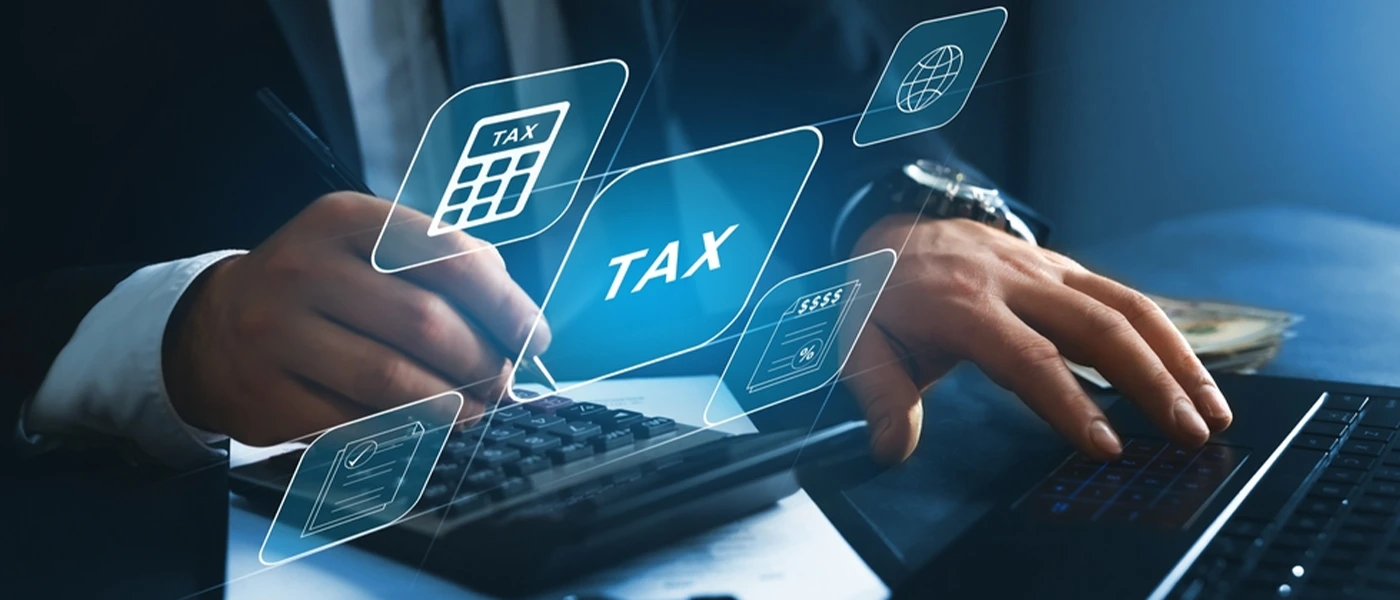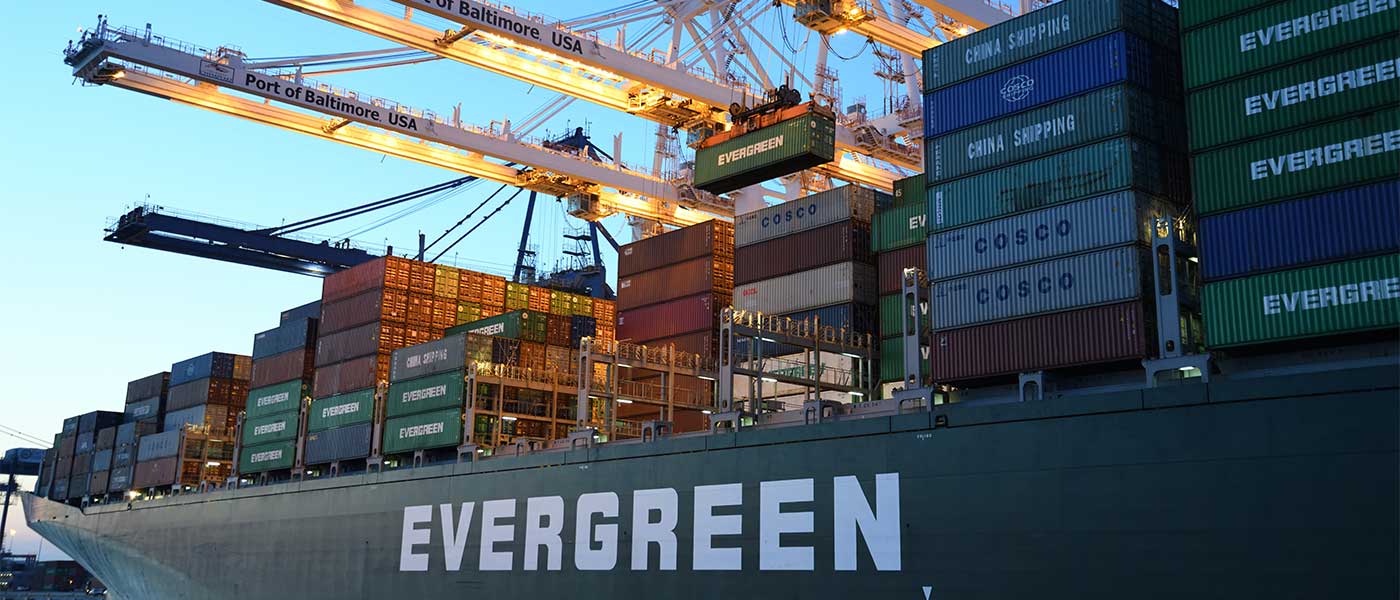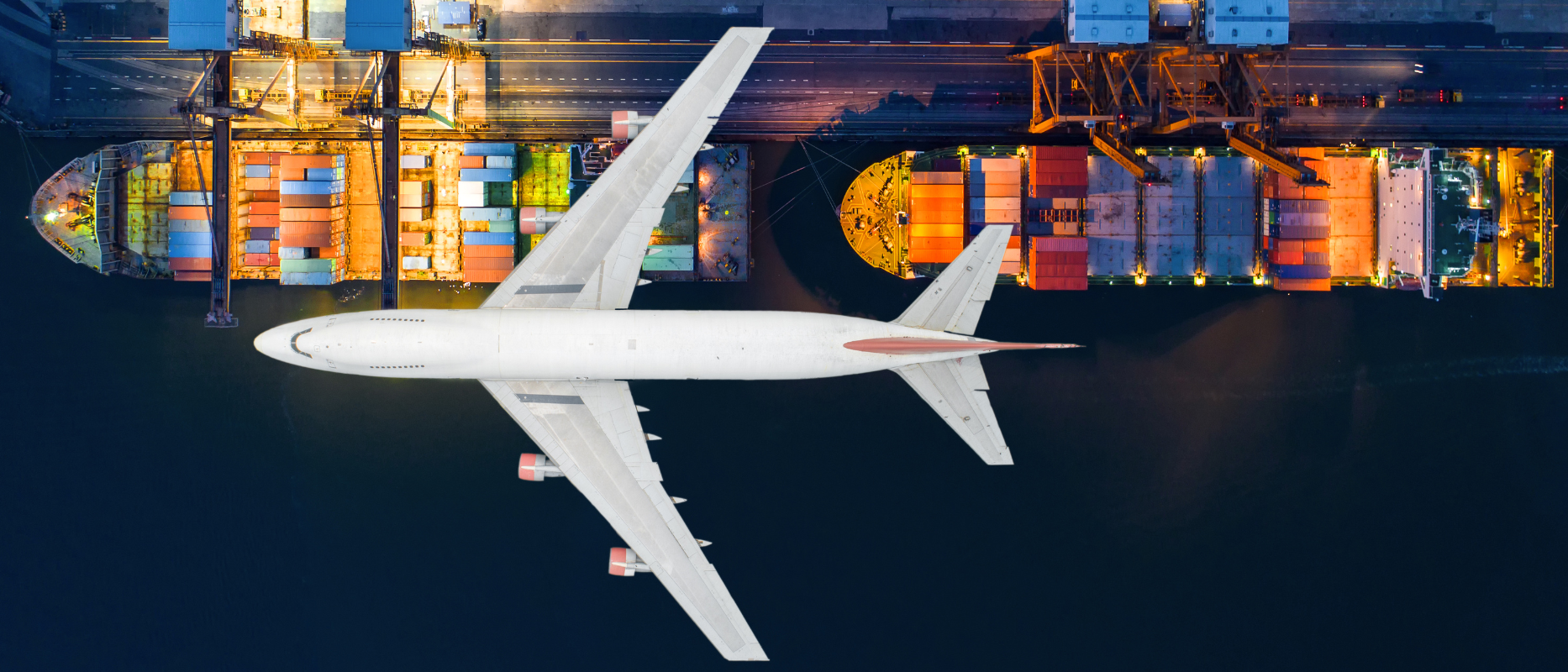In today’s “next day delivery” climate, it might be challenging to keep up with some of the bigger E-Commerce players out there, from an infrastructure perspective. But where you can win, is with your customer service – especially when it comes to nailing the last mile. This article will take a deep dive into last-mile delivery and what you can do to exceed customer expectations in the last step of the delivery process.
The importance of last-mile
Last-mile delivery is the last step of the fulfillment chain, where a customer’s order goes from the last holding place (storefront, warehouse, etc.) to a customer’s doorstep. Last-mile is really what customers are imagining when they think of “delivery”, so, naturally, it’s the most important part of the process for them. It’s so important that 84% of customers won’t do business with a retailer after only a single bad shipping experience.
At the same time, it’s the most complicated and expensive part of the delivery process for the supplier. Business Insider found that last-mile delivery comprised 53% of the overall cost of shipping. Despite being only the final step in a long chain, the last mile covers over half of suppliers’ shipping expenses.
Given that the last mile is such a massive part of shipping for both the supplier and the customer, it should always be the primary focus when it comes to investment, optimization, and innovation. Here are some ways for you to stay ahead of the curve and to exceed customer expectations through your last-mile delivery.
Keeping up with customer expectations
Customer expectations are evolving rapidly when it comes to last-mile delivery (and delivery at large). There are two trends that are taking over shipping very quickly that every supplier should do their best to keep up with:
The rise of free shipping. Customers are less and less willing to pay for shipping, and they expect shipping to be covered by the supplier. This can be a heavy cost to shoulder, but all the data points toward free shipping being a game-changer:
- 96% of online customers are more likely to shop on a site that offers free shipping (and 87% of them said the same for free returns).
- 62% of online customers would not have made their most recent purchase if they were not offered free shipping for it.
- 74% of customers say that free shipping would be a top factor in improving their online shopping experience.
It’s clear that free shipping is very quickly becoming the standard online customers use to compare retailers. But free shipping shouldn’t only be seen as an additional cost for you to shoulder for your customers’ business. In fact, over half of US online shoppers reported having added items to their shopping cart in order to qualify for free shipping. This means that offering conditional free shipping can result in higher sales because customers would rather pay for something they get and get free shipping rather than just pay for the shipping itself. So offering free shipping isn’t just a burden for you to carry for your customers.
Shipping times: It used to be the case that customers expected small packages within one or two days, and the larger items such as furniture were expected within a week’s time. Turns out, customer patience is shrinking very quickly. More and more customers expect to have their items, no matter what they are, within 48 hours of ordering. Currently, about half of your customers will look elsewhere if they see that shipping will take longer than two days. This trend was only exacerbated by COVID-19 related restrictions, where more customers needed to use delivery services than ever before.
Give customers options
One interesting fact about shipping time is that customers’ desire for fast shipping has a bit of tension with their previous desire for free shipping. Of course, the Amazon Prime model is the best, with both free and fast shipping, but that’s not always necessary for retailers to follow. Depending on their priorities, customers will be willing to forego their desire for free shipping in favor of fast shipping:
- 67% of customers would be willing to pay more for same-day delivery in order to meet deadlines (birthdays, anniversaries, holidays, etc.)
- 47% of customers would be willing to pay more for same-day delivery just for the sake of receiving their order faster.
What we learn from this tension is that it’s important to offer options to customers. 80% of shoppers prefer having multiple shipping options available when shopping. If you have a free-but-slower option and a premium-but-fast option, you’re likely to be in that sweet spot where you are keeping up with customer expectations without dramatically increasing your costs.
Giving customers specific shipping times during the day is also extremely important. Customers want fast shipping, but they also want their packages to arrive at a convenient time for their schedules. Too often do customers have to take time out of their days to stay at home because they were given a 6-hour delivery window. Giving customers the ability to tell you when they want their package at their doorstep can be a huge bonus to shipping experiences. This is an area that so many retailers are behind on, and capitalizing on it would mean a huge boost in your competitiveness in regards to shipping.
Communicating clearly with the customer
There’s nothing worse than having questions regarding shipping and not being able to get answers. Problems like delays, jams, shortages will happen no matter what, and when they do, customers will have questions. In these situations, your top priority is to ensure that the customer has a clear channel of communication with you where they can get satisfactory answers.
The reason why communication is so important is that it can completely change the customer’s perception of your delivery service. A delayed delivery with no communication will likely be remembered as a bad experience for a customer (remember how damaging those can be!). On the other hand, clear communication with a customer regarding delivery issues helps the customer understand and they will be less likely to have a negative experience with you as long as you can provide reasonable explanations for delays.
Communication is also important when everything is going smoothly, without any delays at all. Tracking is one form of communication with your customer. Real-time tracking lets your customer have a better idea of when the package will reach their doorstep, making delivery more of a convenience than an inconvenience.
You want to ensure that your communication is two-way. You should be providing ample amounts of information and resources to your customer, but you should also give customers the option to ask whatever question they want. Strong customer service is the first step, but you could also set up the ability for customers to text or speak with the driver.
Integrating your TMS
Integrating your transportation management system is key in boosting your performance during last-mile delivery. A well-integrated TMS allows you to:
- Communicate with customers in real-time about their deliveries.
- Centralize and streamline various operations in the fulfillment process to optimize management.
- Gather data on your last-mile deliveries in order to facilitate future optimizations and improvements.
The best thing about having an integrated TMS is that it’s not a large investment. Regardless of the scale of your business, you’ll benefit from having a well-integrated TMS. It will make every step of the process more manageable for you, which will directly impact how customers experience ordering from you.
How to achieve all this?
These tips sound good on paper, but how does a business go about setting all of this up? Remember, even though the last mile is the most important part of the fulfillment process, it’s still only one part of the chain! Optimizing your entire delivery process is a gargantuan task, and shipping is a world of its own.
The best way to go about refining your shipping process is to work with a third-party delivery solution provider who will partner with you and take responsibility for managing your shipping processes. Delivery partners are specialized and experienced in the world of shipping and working with them will more than likely be more convenient and more affordable than building your own internal shipping-focused team.
Delivery partners can help improve your shipping process on all levels, whether it’s shipping costs (both for you and the customer), shipping times, customer service, tracking, or even software automation.











